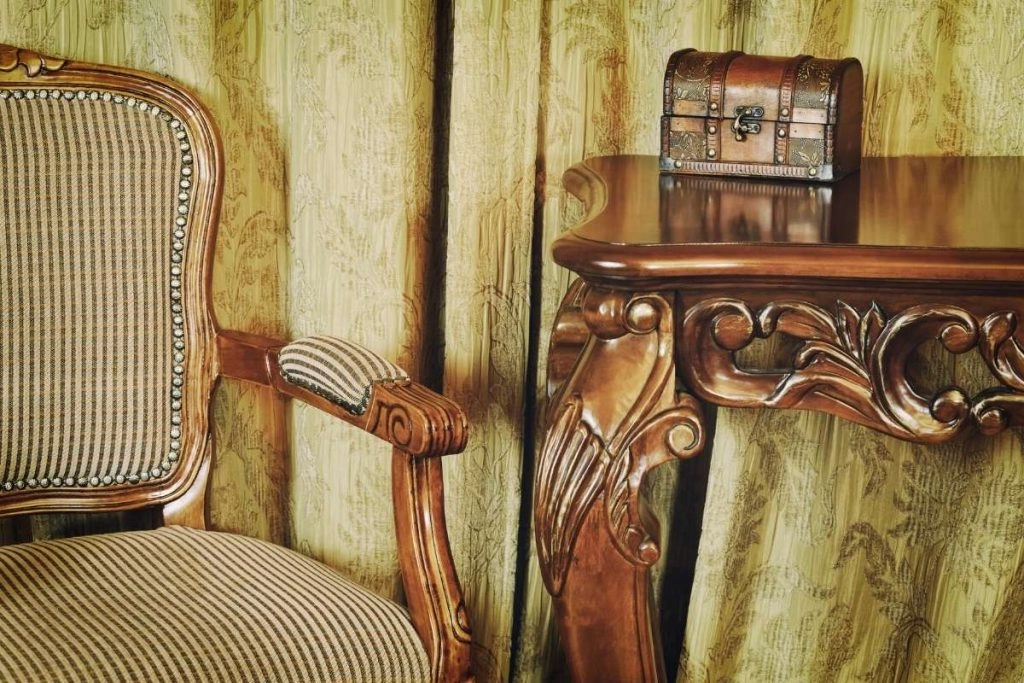
French polishing is often associated with high-end antiques and elegant interiors — but how does it hold up in the real world? Is this refined finish purely decorative, or does it also offer lasting protection?
At J&D Sprayers & Makeovers, we get asked this often by clients looking to restore wooden furniture, pianos, or feature pieces with authenticity and class. The answer? French polishing is far more durable than many people think. Here’s why this time-honoured method is still a relevant, hard-wearing option — and why it’s worth considering for your next restoration project.
The core appeal of French polishing lies in how it brings out the richness of wood grain like no other finish can. Through delicate, hand-applied layers of shellac, the wood gains a deep, glassy sheen that appears to glow from within. Whether you’re working with mahogany, walnut, or rosewood, French polishing elevates every curve and carve — perfect for heirlooms, centrepieces, and statement pieces.
While it’s known for elegance, French polishing is not just for show. The shellac seeps into the wood grain, bonding with the surface in a way that provides a resilient, flexible finish. When applied correctly and built up over several coats, the result is a surface that resists cracking, peeling, or flaking.
It’s not bulletproof — it can be damaged by alcohol or water — but for indoor furniture, pianos, stair handrails, and antique cabinetry, it offers more than enough strength to stand the test of time.
Unlike varnish or lacquer, which often require full sanding and reapplication when damaged, French polish is incredibly forgiving.
Scratches, chips, and minor blemishes can be touched up seamlessly, blending into the existing layers. That makes French polishing ideal for antiques, where maintaining the integrity of the original piece is essential. It’s also why it’s preferred by restorers, collectors, and museums alike.
At a time when sustainability matters more than ever, French polishing ticks the box. The polish itself — shellac — is a natural resin harvested from the lac beetle. It’s non-toxic, biodegradable, and doesn’t involve harmful solvents or harsh chemicals.
This makes it a safer choice for both indoor applications and environmentally conscious customers. Plus, it generates minimal waste, especially compared to modern spray systems and mass-produced finishes.
French polishing is more than a finish — it’s a heritage craft. Each coat is applied by hand using a soft cloth pad (a “rubber”), in a precise technique passed down through generations. That’s why French-polished furniture carries a unique charm and value — it reflects the skill, time, and care of the artisan.
Not only does this add value to the piece, but it also makes it something truly personal and timeless.
Yes — when applied properly and cared for, French polish is both beautiful and surprisingly resilient. It may not be the right choice for every surface (such as kitchen countertops or outdoor furniture), but for cherished wood pieces and interiors where style and heritage matter, it’s second to none.
At J&D Sprayers & Makeovers, we offer expert French polishing alongside modern spray finishing options — so whether you’re aiming for classic luxury or a durable, minimalist look, we’ve got the technique to match.
📍 Serving homes and businesses across Scotland
📩 Get in touch for a free quote or expert advice.
Let us bring your furniture or interior woodwork back to life — the traditional way.